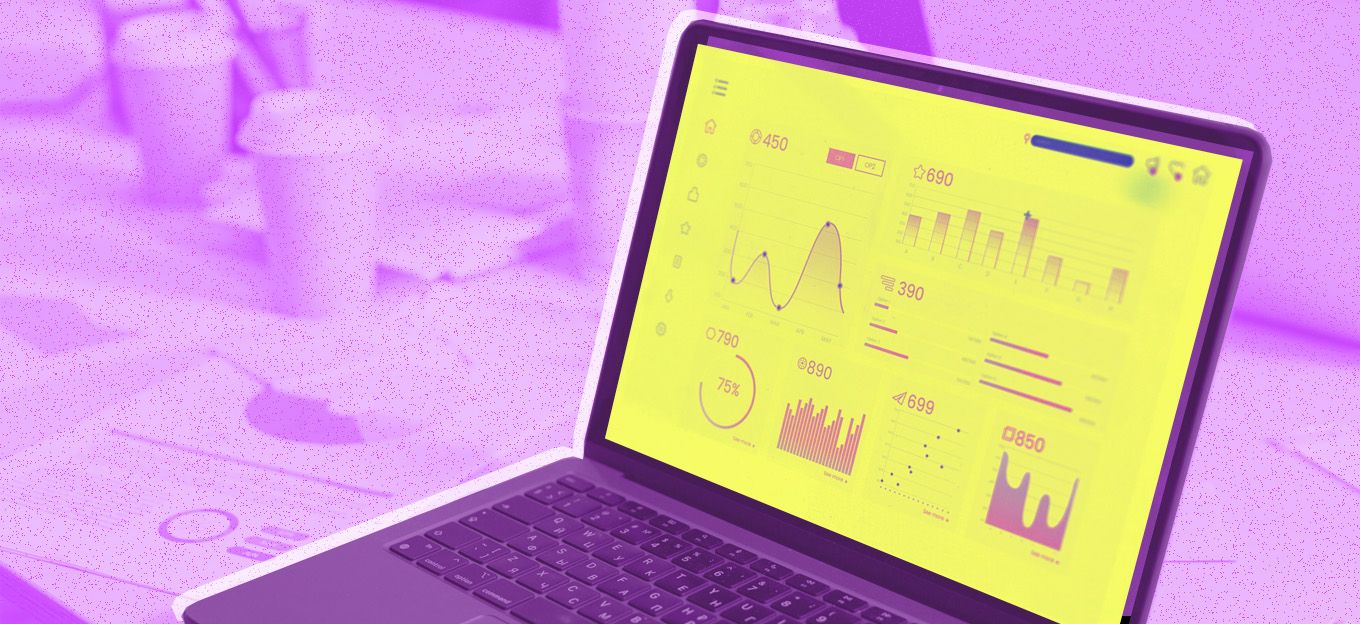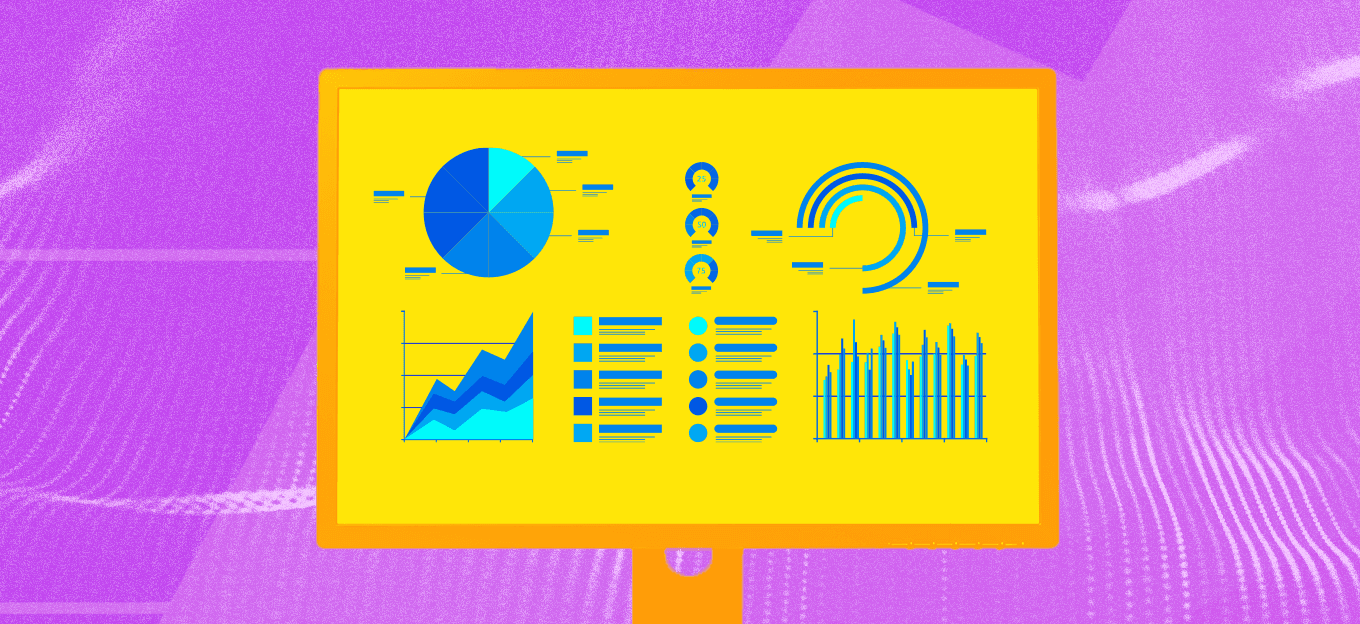How an Overtime Tracker Can Save Employees From Burnout
How an Overtime Tracker Can Save Employees From Burnout
- Last Updated: October 24, 2025
MaxelTracker
- Last Updated: October 24, 2025



In today's "always-on" work culture, the line between a productive day and an overwhelming one is increasingly blurred. Employees are logging off later, answering emails earlier, and often working through weekends, all in the name of dedication. But this relentless pace has a steep cost: burnout.
Burnout isn't just feeling tired; it's a state of emotional, physical, and mental exhaustion caused by excessive and prolonged stress. It saps energy, reduces productivity, and can lead to feelings of helplessness and cynicism.
While many solutions focus on meditation and wellness apps, one of the most powerful, yet often overlooked, tools for preventing burnout is surprisingly pragmatic: an overtime tracker.
This isn't about micromanagement. It's about visibility, data, and creating a foundation for a healthier work-life balance. An effective employee time tracking tool transforms vague feelings of being overworked into clear, actionable data.
Let's explore how implementing an overtime tracker for employees is a strategic move that benefits both the individual and the organization by proactively combating burnout.
The Silent Epidemic: Understanding the True Cost of Burnout
Before we dive into the solution, it's crucial to understand the scale of the problem. Burnout has been recognized by the World Health Organization (WHO) as an occupational phenomenon. The statistics paint a stark picture:
- A 2021 Gallup study found that 67 percent of employees report feeling burned out at work, with the number rising significantly for those who always or often work remotely.
- According to Stanford University research, workplace stress contributes to approximately 120,000 deaths annually in the United States and accounts for up to $190 billion in healthcare costs.
- Burnout leads to increased absenteeism, higher turnover rates, and a significant drop in productivity—costing businesses billions each year.
The financial and human costs are undeniable. For employees, burnout manifests as chronic fatigue, insomnia, irritability, and a weakened immune system. For companies, it results in a disengaged, less innovative, and high-turnover workforce.
The traditional approach of treating burnout after it occurs is like trying to fix a leak after the house has flooded. The modern solution is prevention, and that's where workload management software comes in.
More Than Just a Clock: What is an Overtime Tracker?
An overtime tracker is a digital tool, often part of a broader time attendance tracking application, that automatically records the hours an employee works beyond their standard schedule.
Unlike manual timesheets, which are prone to error and forgetfulness, modern trackers use timers, computer activity monitoring (with employee consent), or calendar integrations to provide an accurate picture of work patterns.
Crucially, a well-designed tracker isn't a surveillance device. Its primary purpose in the context of burnout prevention is transparency and self-awareness. It answers critical questions like:
- How many hours am I actually working each week?
- Is my overtime consistent or sporadic?
- Which projects or tasks are consuming the most unexpected time?
- Am I regularly working through lunches or late into the night?
This data is the first step toward preventing burnout with time tracking. You can't manage what you don't measure.
5 Ways an Overtime Tracker Acts as a Burnout Prevention Tool
#1: It Creates Data-Driven Awareness
Most employees who are heading toward burnout don't realize it until they hit a wall. They might feel constantly busy but attribute it to a "tough month." An overtime tracking cuts through this ambiguity. By visualizing weekly hours in a dashboard, employees and managers can see a trend develop.
Seeing a report that shows 55, 60, or 65-hour workweeks consecutively provides undeniable proof that the current workload is unsustainable. This objective data moves the conversation from "I feel overwhelmed" to "The data shows I've worked 20 hours of overtime for three straight weeks."
#2: It Facilitates Proactive Conversations with Management
Armed with concrete data, employees can initiate more productive discussions with their managers. Instead of a vague complaint, the conversation can be focused on solutions: "My time tracking data shows that Project X is consistently requiring 15 hours of overtime per week.
Can we discuss redistributing tasks or adjusting the deadline?" This shifts the dynamic from emotional to analytical, making it easier for managers to understand and address the root cause of the overload.
#3: It Helps Identify Workflow Inefficiencies
Often, burnout isn't caused by the volume of work but by how the work is done. An overtime tracking system that includes project or task-level tracking can reveal hidden inefficiencies. Perhaps an employee is spending 10 hours a week on a manual report that could be automated.
Maybe constant context-switching due to frequent meetings is destroying their deep work focus. By analyzing where time is actually going, teams can streamline processes, adopt better workload management tools, and eliminate time-wasting activities—reducing the need for overtime in the first place.
#4: It Empowers Employees to Enforce Boundaries
The culture of "quiet quitting" is often a response to blurred boundaries. An overtime tracker gives employees the confidence to log off. When the workday is over, they can stop the timer, signaling a clear end to their work obligations.
This simple act reinforces the psychological boundary between work and personal life. Knowing that their extra effort is being accurately recorded also reduces the anxiety of "invisible overtime," where employees work extra hours without formal recognition.
#5: It Provides a Foundation for Fair Compensation and Time-Off
In many roles, especially for salaried employees, overtime is unpaid. However, tracking it is still vital. This data can be used to advocate for compensatory time off ("comp time"). If an employee logs 20 hours of overtime on a critical project, a supportive manager can use that data to grant them additional paid leave later. This practice ensures that extra effort is recognized and rewarded, preventing resentment and promoting a culture of fairness, which is a key antidote to burnout.
Expert Insight: "Burnout often stems from a loss of control. An overtime tracker restores a sense of agency by providing employees with clear insights into their work patterns. This data is empowering—it's the first step in moving from a reactive to a proactive stance regarding one's well-being." — Dr. Emily Anhalt, Clinical Psychologist and Co-founder of Coa, a mental health gym.
Choosing the Right Overtime Tracker for Your Team
Not all employee monitoring software is created equal, especially when the goal is burnout prevention rather than surveillance. Look for these features:
- User-Friendly Interface: It should be easy to start, stop, and edit time entries.
- Project and Task Tracking: Ability to assign time to specific projects for deeper analysis.
- Visual Reports and Dashboards: Clear charts and graphs that make trends easy to spot.
- Integration Capabilities: Connects with tools like Asana, Slack, or Google Calendar.
- Privacy-First Approach: Employees should have transparency into what is being tracked and control over their data.
Popular tools that fit this description include MaxelTracker, Toggl Track, Harvest, and Clockify. These platforms focus on productivity and wellness rather than punitive monitoring.
Implementing an Overtime Tracker Without Creating Distrust
The biggest hurdle to implementing a work hours tracker is employee pushback, often fueled by fears of micromanagement. To ensure success, follow these steps:
- Be Transparent About the "Why": Clearly communicate that the goal is to prevent burnout, identify inefficiencies, and promote work-life balance—not to punish or spy.
- Focus on Employee Benefits: Frame it as a tool for employees to advocate for themselves and reclaim their time.
- Start with a Pilot Program: Roll it out voluntarily or with a single team first, and use their feedback to improve the process.
- Lead by Example: Managers and leadership should use the tracker themselves and be open about their own boundaries.
From Burnout to Balance
An overtime tracker is more than a simple utility; it's a strategic investment in your team's long-term health and productivity. By bringing objectivity to the emotionally charged issue of overwork, it empowers both employees and employers to create a more sustainable and humane work environment.
Ignoring the signs of overwork is a costly gamble. Embracing a data-informed approach to workload management is the hallmark of a modern, forward-thinking organization.
The Most Comprehensive IoT Newsletter for Enterprises
Showcasing the highest-quality content, resources, news, and insights from the world of the Internet of Things. Subscribe to remain informed and up-to-date.
New Podcast Episode

Moving Past the Pilot Phase in IoT and AI
Related Articles



